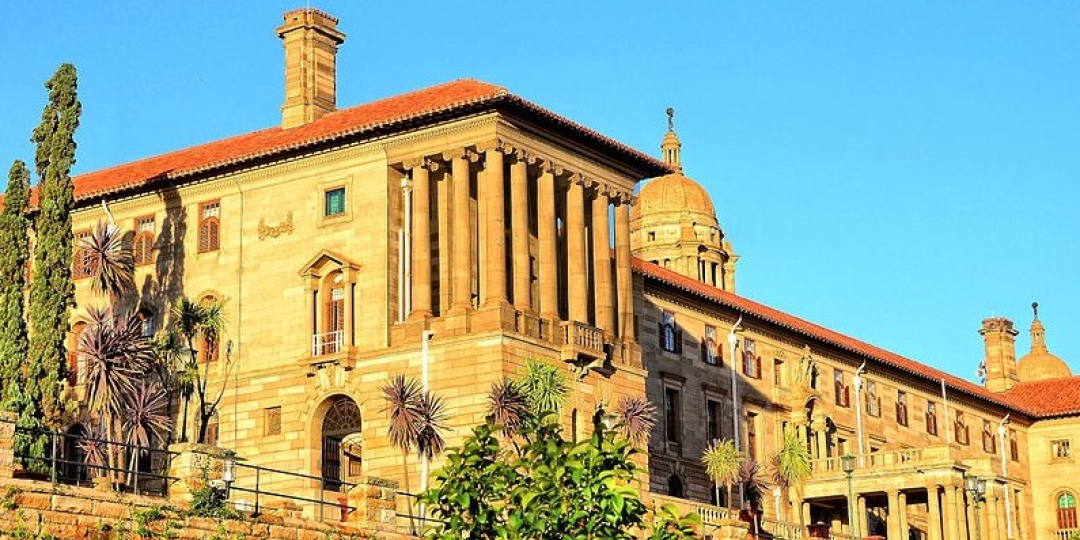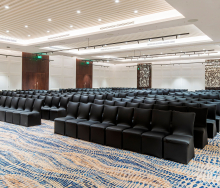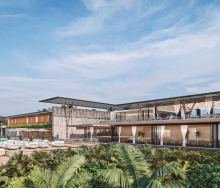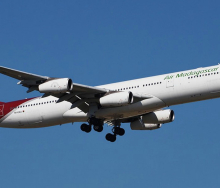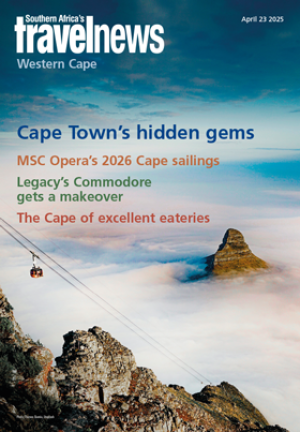South Africa’s destination attractiveness is about to benefit from the proclamation of three new Unesco World Heritage Sites that were officially inscribed during the 46th session of the World Heritage Committee (WHC) in New Delhi.
Foremost among the inscribed sites is the Human Rights, Liberation and Reconciliation: Nelson Mandela Sites, comprising 14 components in the provinces of Gauteng, the Eastern Cape, the Free State and KwaZulu-Natal.
The sites represent the legacy of the South African struggle for human rights, liberation and reconciliation. They include the Union Buildings (Pretoria), now the official seat of government; the Sharpeville Sites, commemorating the massacre of 69 people protesting apartheid’s unjust pass laws; and The Great Place at Mqhekezweni, a site symbolic of traditional leadership where Nelson Mandela lived as a young man.
Additional parts include Constitution Hill, Liliesleaf, Walter Sisulu Square and The Streets of Orlando West in Johannesburg; the University of Fort Hare and ZK Matthews House in the Eastern Cape; Waaihoek in the Free State and Ohlange in KwaZulu-Natal.
South Africa’s Office of the Presidency welcomed the inscription of sites.
“Collectively, this serial property demonstrates the events and ideas that served as the core of South Africa’s liberation struggle, which continue to inspire humanity and the embrace of reconciliation. The 14 components exemplify strong memories and beliefs in the triumph of human rights, liberation and reconciliation,” the Presidency said in a press statement.
Archaeological sites recognised
The Pleistocene Occupation Sites in the Western Cape and KwaZulu-Natal – comprising three dispersed archaeological sites (Diepkloof Rock Shelter, Pinnacle Point Complex and Sibhudu Cave) – were also inscribed as a serial property Unesco World Heritage Site.
The WHC recognised that the sites “provide the most varied and best-preserved record known of the development of modern human behaviour, reaching back as far as 162 000 years. Symbolic thought and advanced technologies are exemplified by evidence of ochre processing, engraved patterns, decorative beads, decorated eggshells, advanced projectile weapons and techniques for toolmaking, and microliths.”
The sites were among 24 new properties globally to be inscribed during the 46th session of the WHC, taking place from July 21-31.
“On behalf of the Government and the people of South Africa, The Presidency wishes to express its heartfelt gratitude to the members of the 46th session Committee for the honour bestowed to the country, its history and rich legacy.”
African advocacy bears fruit
The Presidency additionally acknowledged the role played by the African World Heritage Fund, an organisation established in 2006 to address the under-representation of African sites on the World Heritage list and insufficient conservation and management of these sites. The fund is hosted by the Government of South Africa on behalf of the African continent.
The Presidency also recognised the Department of Sport, Arts and Culture for working “tirelessly” on the nomination for the new sites.
“The Presidency calls on all South Africans, spheres of Government, management authorities and heritage stakeholders to work in a co-ordinated manner to ensure that these precious treasures of humanity are safeguarded and optimally deployed to meaningfully contribute to sustainable development in communities and further entrench the values of human rights, freedom, peace and reconciliation.”

